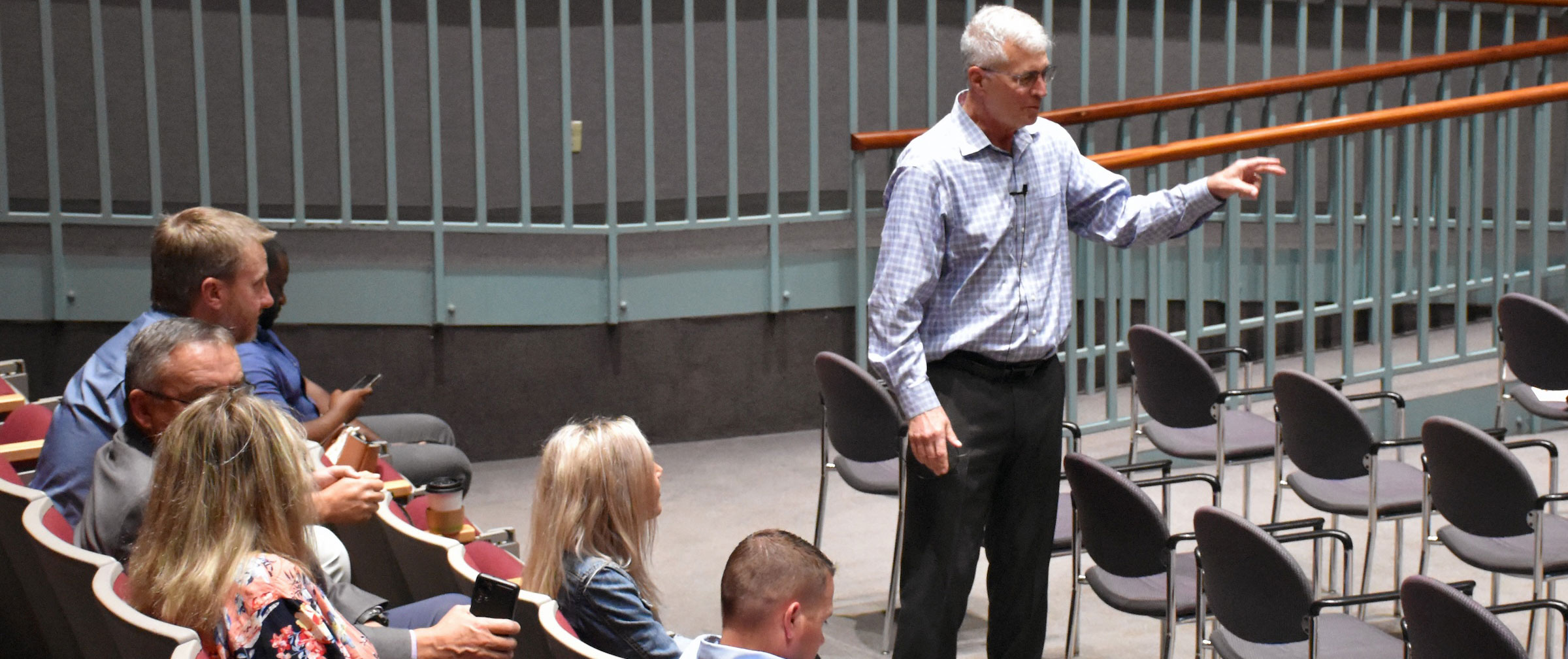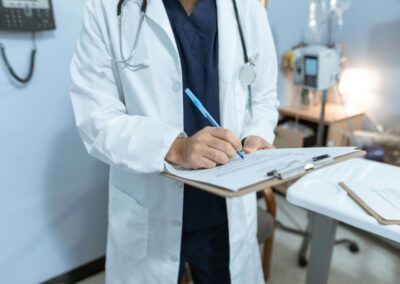Could Telemedicine keep patients healthier?
Four ways visiting a physician could be inadvertently dangerous to a patient’s health
As I review the inevitable progress of telemedicine, and how it will ultimately effect whether the patient will actually see the physician face to face, it occurs to me that maybe there could be some intrinsic advantages to not seeing the provider face to face in the first place. Sometimes visiting the doctor can be hazardous to one’s health. Lets briefly review a few scenarios:
1. What if the physician is sick and contagious? There is definitely a culture in medicine not to get sick and even if one does get sick, still to continue seeing patients. I can recall many times that even when I had a URI or some other acute condition, I would still come in to the office and see my patients. I felt badly about having to reschedule the patient who may have been waiting several weeks to see me. I was always cautious not to breathe on the patient, etc., and although I have not seen any studies in this area, I do wonder what the risk would be to catch a contagious disease from a caretaker who is acutely ill and seeing patients. In a similar manner, very little has been written about the real possibility that other office personnel such as the nurses or support staff could be acutely ill in the workplace.
2. Handwashing in between patients is getting better but still not perfect. Although there have been many successful initiatives in hospitals across the country, there has been less documented success with individual physician offices. From a prevention perspective, there is great opportunity here for ambulatory care centers to develop and implement more comprehensive policies that insure that ALL of the caregivers, any staff member that could have contact with a patient, wash their hands in between patients.
3. What about germs on the stethoscope? There have been several disturbing studies over the past few years that document all sorts of organisms that can be cultured from stethoscopes. A physician or nurse could see dozens of patients in a day, applying their stethoscopes to all of them. Once again, few offices have developed policies to insure that stethoscopes are swiped or cleaned in between patients.
4. Finally, what about the waiting room and the exam rooms? Most patients in the waiting room to see the physician are sick, and many of them could be contagious. How often have you sat in the waiting room and noticed several people coughing, hacking, etc.,. How many of them might have touched that magazine on the table in front of you?
I realize that many of the above issues could be more theoretical than clinically significant, but it does call to question that the patient who visits the physician is not risk-free to develop a contagious disease, especially during times such as flu season when there may be many contagious patients and medical staff that could contact the patient. Visiting the physician truly could be hazardous to one’s health.
Maybe this is just another advantage of the trend toward telemedicine. At least it is food for thought as we review our progress in patient safety in health care across the country. Regardless, it does call to question the need to increase efforts to implement patient safety initiatives, particularly in the ambulatory setting.
As we learned years ago, first do no harm.




